Best Russian Horror Movies: From the Soviet Union to Today
Hitting all major time periods, this list of the best Russian horror movies explores films centered around creepy folklore, ghosts, demons and more.

This list is a survey of all Russian horror films. Consider it an overview of Russian cinema as it relates to traditional horror (or scary) movies. The list also includes creepy movies that are more in the vein of science fiction, thrillers, fantasy, and dark comedy. Let it serve as your guide to all the best horror movies made in Russia and in the Russian language.
Before we get into the movies, it’s important to note underlying political context, as Russian cinema has a long history of censoring horror cinema. Like in Nazi days of Germany, Russia under the USSR (Union of Soviet Socialist Republics) repressed creative freedoms. The Soviet Union saw cinema as a tool for education and propaganda — and horror movies were excluded.
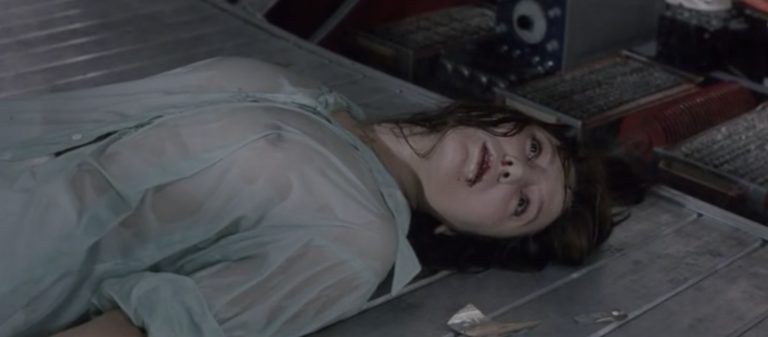
When films were made, Russian directors were more likely to lean towards melodramas, comedies, and adventure films as they were easier to integrate in the emerging Soviet state. However, as scholar Lev Nikulin notes, horror tropes did seep into Russian movies and “horror arose again in the mid-to-late Soviet period through strategic and sometimes daring choices on the part of filmmakers.
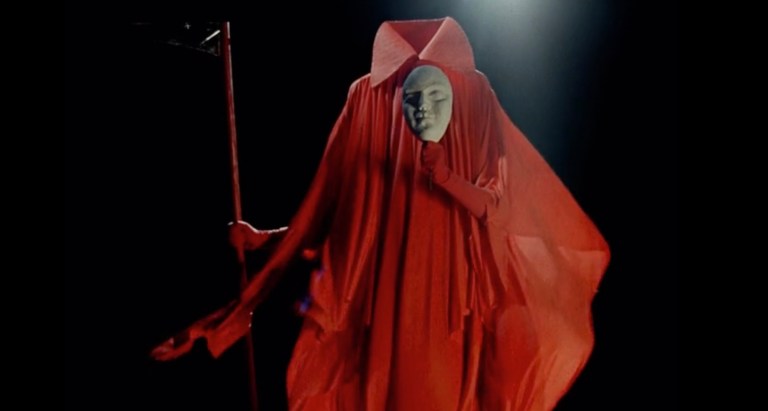
With all that said, it’s important to note that Russian horror films don’t necessarily line up with the Westernized notion of horror. Russian horror movies are heavily influenced by creepy folklore as well as strange relationships with technology, bureaucracy, power, and love. Eerie anonymous forces and paranoia about them broadly speaking are the core “monsters” of Russian horror cinema.
We’ll explore many Soviet films, including typical horror films about ghosts, folklore, and demons as well as explore formats and genres like found footage, thrillers, and of course horror-mystery movies. The list will hit all major time periods, as well as modern-day films.
Viy (1967)
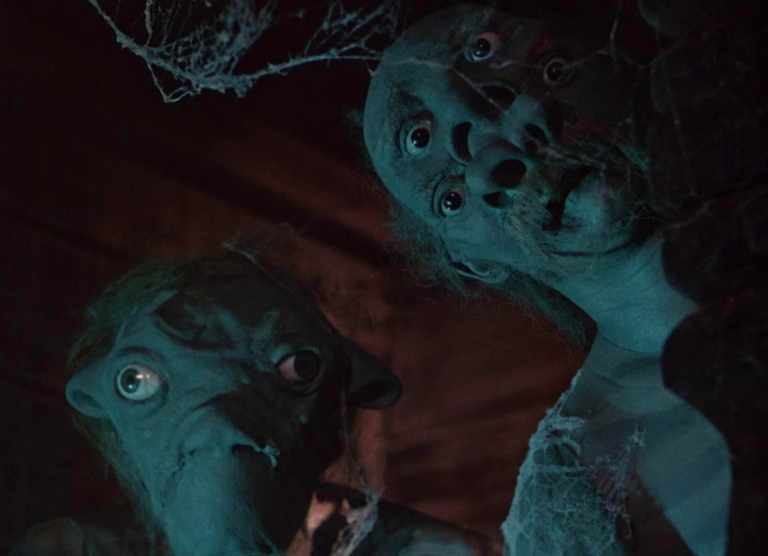
Viy (1967) is by many considered the first and only horror movie made in the USSR. Directed by Konstantin Yershov and Georgi Kropachyov, this odd but fascinating film is based on the novel “Viy” by Nikolai Gogol and was originally a Ukrainian folk story.
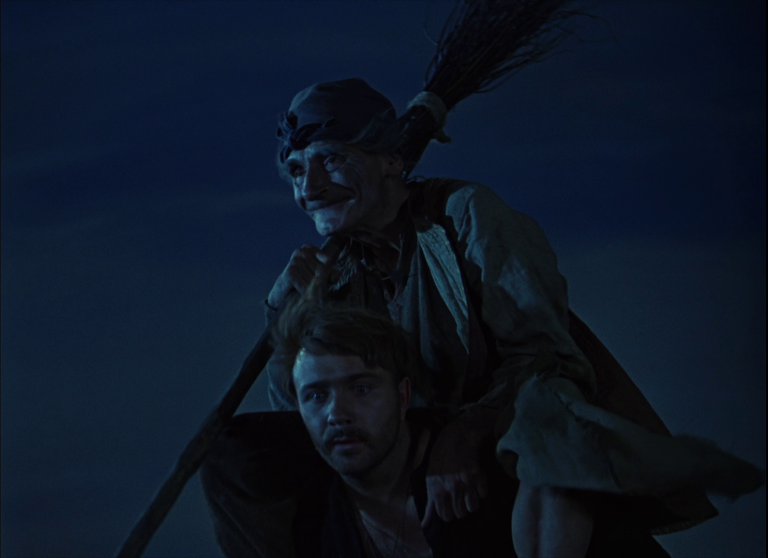
In this film, a young priest named Khoma, and two of his friends stumble upon a strange house. After the old woman (who we learn is actually a witch) tries to seduce Khoma that evening, he beats her and kills her. He is then summoned by the Rector to perform a job for a famous Sotnik. This job involves praying over a young dead woman, in the local church, for three nights.
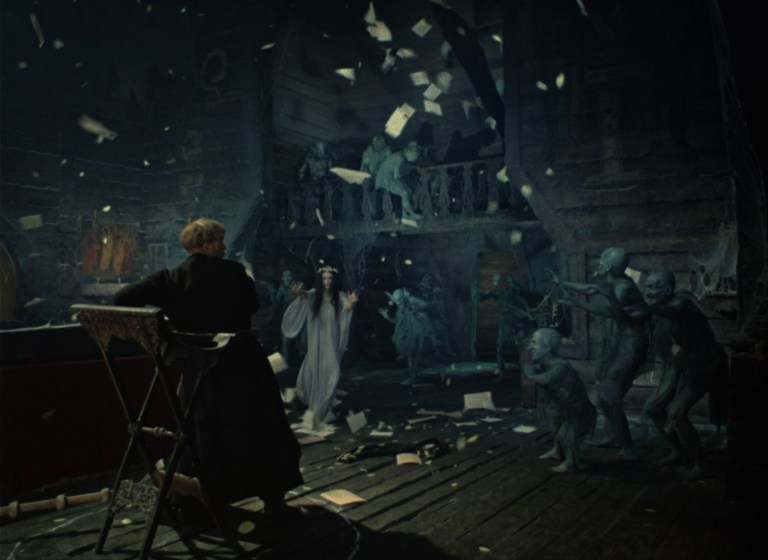
As you can probably guess, those three nights are absolutely terrifying and insane. First of all, the corpse comes back to life and the souls of Hell taunt Khoma, while all he has at his disposal are his prayers and his protective circle. The real madness occurs when the corpse calls the big demon Viy to the church. What makes this film so worthwhile is that it’s simple special effects, camera illusions, and minimalist nature make it not only a timeless classic, but also a stand out creative piece of its time. Plus, it’s still super scary.
Solaris (1972)

This film was directed by Andrei Tarkovsky and is about psychologist Kris Kelvin who is sent to a space station orbiting the moon of a distant planet. When he arrives, he immediately recognizes that there is something strange going on. This film was the most widely seen of Andrei Tarkovsky’s films outside of the Soviet Union, but funny enough he considered it his least favorite of the films that he has directed. This sci-fi film displays psychologically terrifying and disturbing scenes, which fully creates a new level of emotional depth in the science fiction genre.
Savage Hunt of King Stakh (1980)
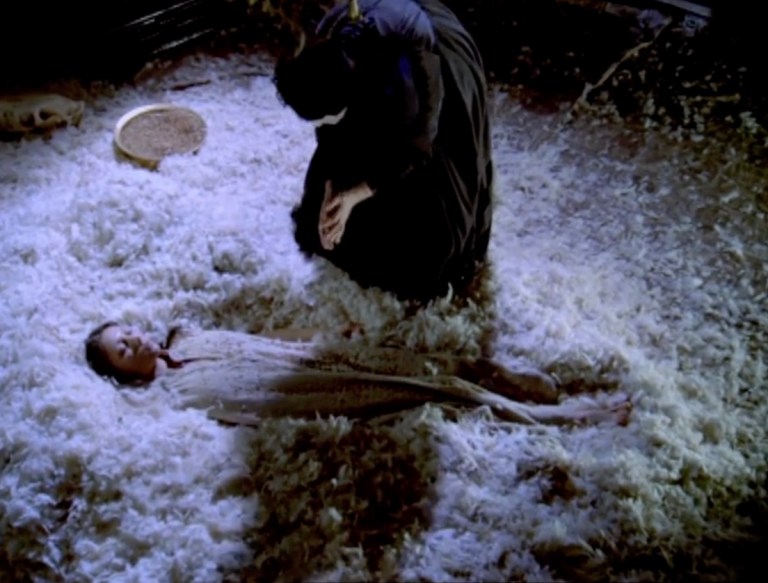
In this drama thriller directed by Valeri Rubinchik, a young ethnographer, Andrej Bielarecki, goes to the Belarusian woodlands to research old folk legends. So naturally, you can expect ghosts and spooky scenes. This film is based on a story by V. Korotkevich and, as a whole, fell a bit flat when it came to special effects, acting, and score. Regardless, its wonderful commitment to strangeness and attention to gothic influence allowed the film to boldly adhere to horror tropes. At the time, this film presented Soviet viewers with supernatural and thrilling entertainment.
Mister Designer (1987)

In this surreal film, directed by Oleg Teptsov, a famous artist named Platon Andreevich aims to find the secret to eternal life. He tries to accomplish this goal through the beautiful mannequins that he creates. This film was Oleg Teptsov’s debut film and does a stellar job conveying the emotional and philosophic impact of challenging dominant cultural and religious norms. Presaging the cinematic shift that would arise in the 1990s, this film was one of the last key films before the changing period of Soviet cinema.
Ten Little Indians (1987)
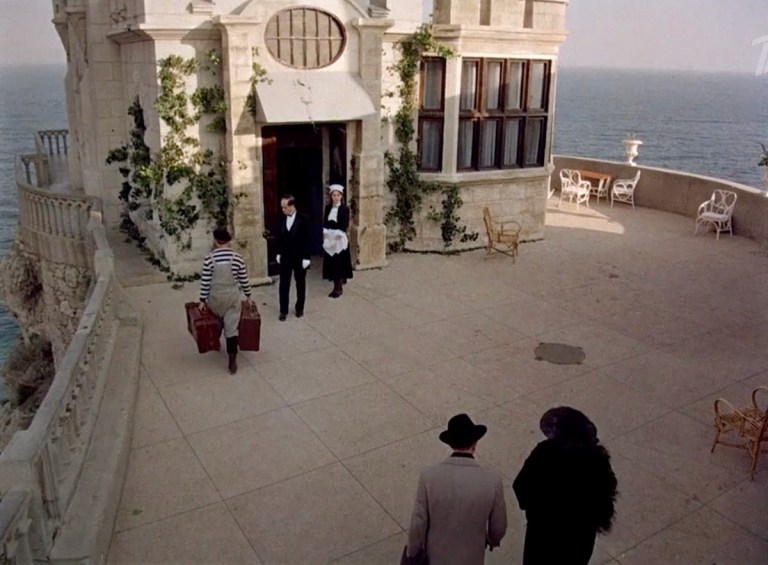
This psychological thriller directed by Stanislav Govorukhin was based off the novel by Agatha Christie. In this film, ten people are invited to a desolate and strange island by an unknown host. On this island, these strangers are forced to confront their dark pasts. Oh, and of course murder plays a LARGE role in this film. This film is also unique in that it stayed true to Agatha Christie’s original characters, details of their past crimes, and the original ending.
Stray Dogs (1989)

Dogs (1989) or Psy, directed by Dmitriy Svetozarov, is a film about people lost in their new reality. In the film, a group of hunters is tasked with the mission of killing abandoned and now wild murderous dogs. However, like any horrific action thriller, the tables are turned and it’s the hunters who become hunted. With its minimalistic filmmaking approach, this film successfully builds on the struggles of its characters as they experience hopelessness and despair. It has been suggested that some themes in this film can also be directly linked to an individual’s experience during a political transformation. This film highlights how a normal person has no influence on his life and how it’s challenging to change their way of thinking. Directer Svetozarov also does a fantastic job creating a sense of weirdness, adult spookiness, and thrill in this film.
The Vampire Family (1990)
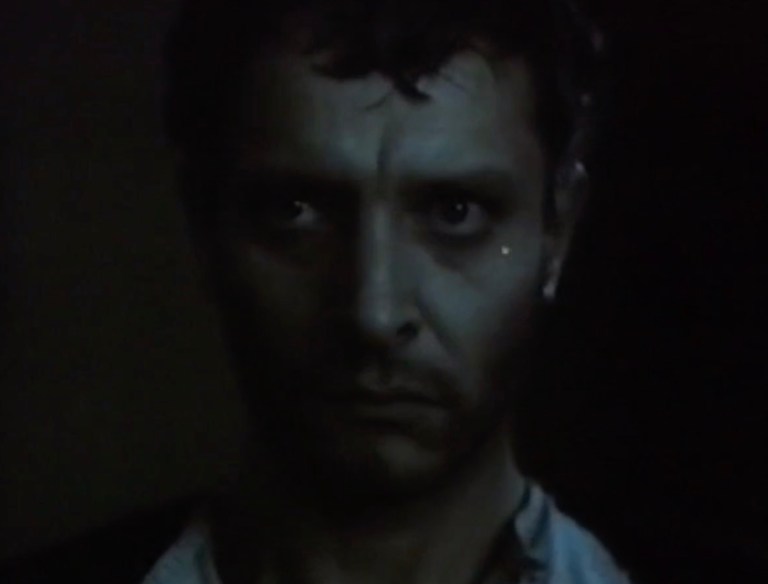
The Vampire Family (1990) or СЕМЬЯ ВУРДАЛАКОВ is about a young reporter who journeys to the Russian countryside to write about strange stories that have been associated with the area. Directed by Gennadiy Klimov and Igor Shavlak, this film is based on Tolstoy’s “The Family of the Vourdalak.” As a whole, this film does a fantastic job building suspense and highlighting true Russian Necrorealism. For reference, Necrorealism focuses on dark humor and the absurd, with specific attention on death, destruction, and transformation.
Daddy, Father Frost Is Dead (1991)

Directed by Yevgeny Yufit, this film is about a biologist who becomes entirely obsessed on writing a treatise. During this obsession, he becomes a witness to a whole host of traumatic and horrifying events. This film is not only horrifying, but is also very psychologically distressing. Viewers have frequently commented on its bleak and menacing nature.
Lymui (1991)
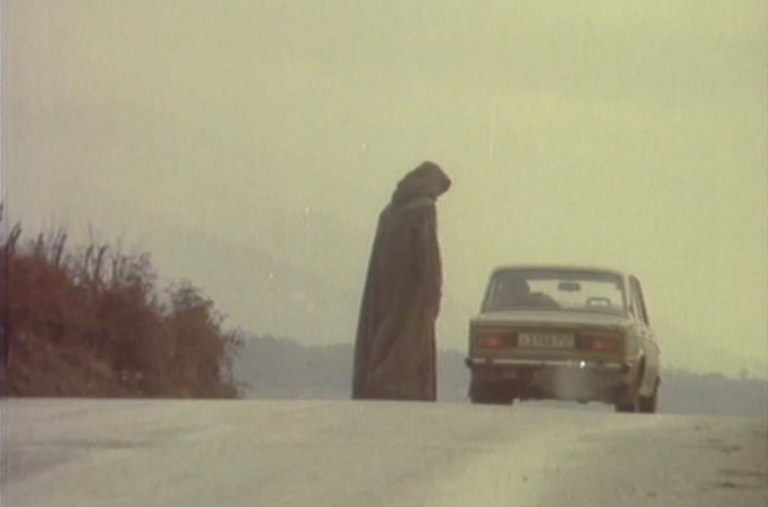
Lyumi is an obscure horror movie made during the final days of the Soviet Union. Directed by Vladimir Bragin, it’s a comedy-horror film that retells the story of “Red Riding Hood” except the villain, a half-man and half-wolf, this time terrorizes truckers and other motorists along the Russian countryside. It’s one of the most obscure horror films out there from Russia.
Time of Darkness (1991)
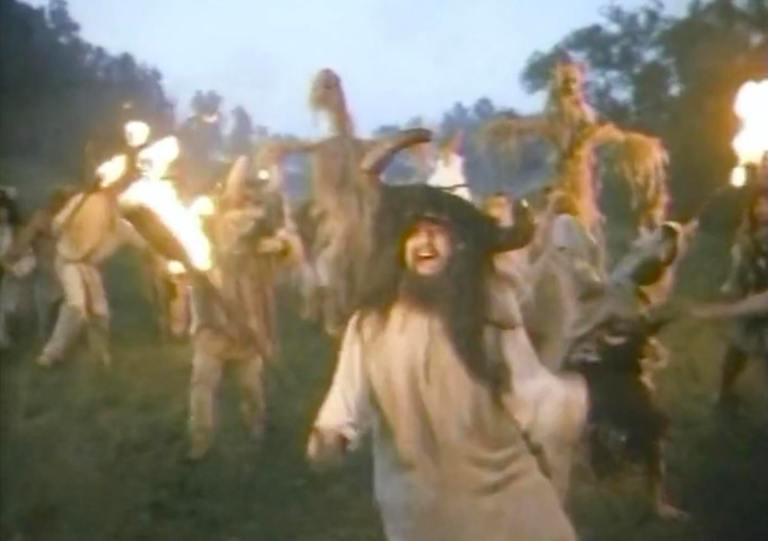
Directed by Vladimir Alenikov, this film follows Father Agafangel as he proposes a new order in Middle-Age Russia. While he threatens those who wish to take part in the pagan festival, strange crimes and occurrences begin. Be warned, this film is graphic and contains very explicit images of corpses and Pagan activities.
The Encounter (1992)
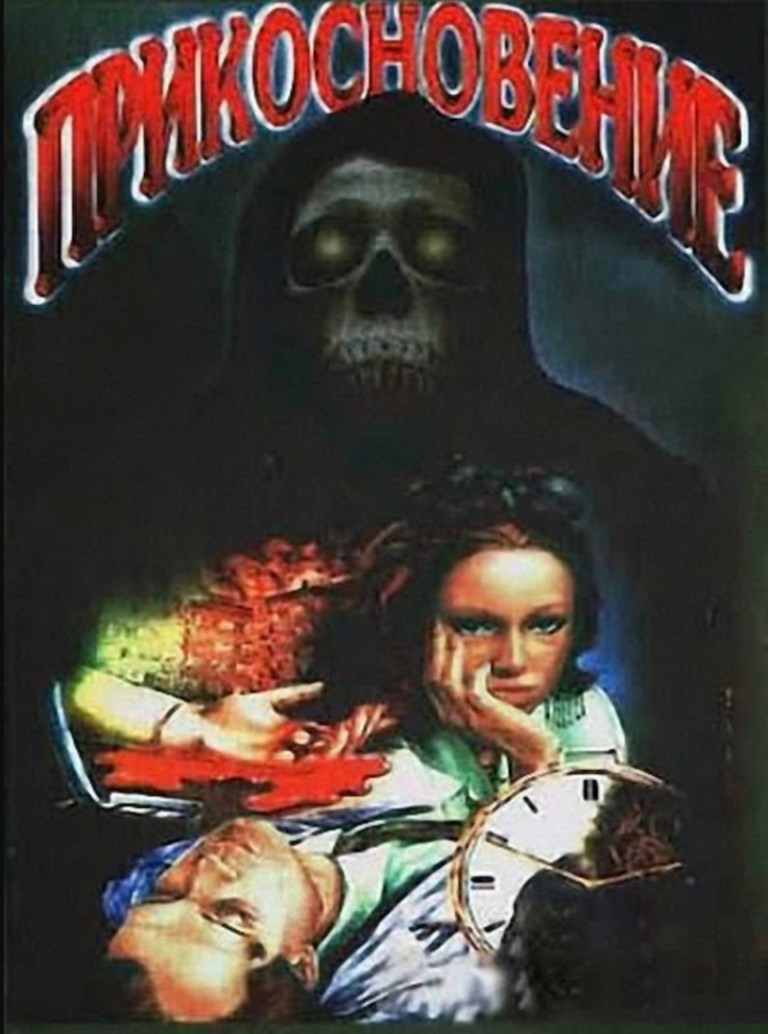
In this classic horror Russian film directed by Albert S. Mkrtchyan, a detective is assigned a suicide case, but then quickly finds himself in the middle of bizarre and intimate affairs of the family. This movie is rated as the scariest Russian horror films ever made. I mean seriously, it’s one of those films you just don’t watch twice. What truly sets this film apart is that it’s not filmed for your entertainment. Instead, it’s filmed as a very serious exhibit of horror. Nonetheless, it is a classic.
The Castle (1994)

Here is a horror movie about one of the most mundane, but also scary things in life: bureaucracy. Based closely on Franz Kafka’s novel The Castle (German: Das Schloss) this surreal Russian film, directed by Aleksey Balabanov, tells the tale of a land surveyor called to do a job but with no sense of what power out there actually called for the survey to be done. Watch this one if you’re a literary nerd that also loves Russian horror movies. It’s also an interesting watch to see how a Russian director translates a German book from the 1920s in the early 1990s.
Whispering Pages (1994)
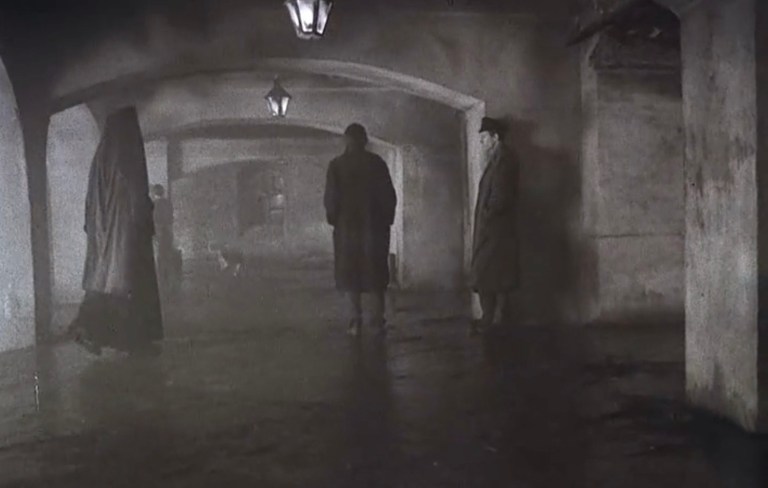
This film explores the dramatic chaos of a socially isolated young man who is living on the streets in 19th century Russia. Desperate for answers and direction, the young protagonist confronts the horrors of his reality. Director Aleksandr Sokurov, does a fantastic job transporting the viewer to this brutal time period, while also manipulating the visual elements of the film to influence the mood of the piece. Furthermore, the key pieces of the story are loosely adapted from Fyodor Dostoevsky’s novel “Crime and Punishment.”
Silver Heads (1998)
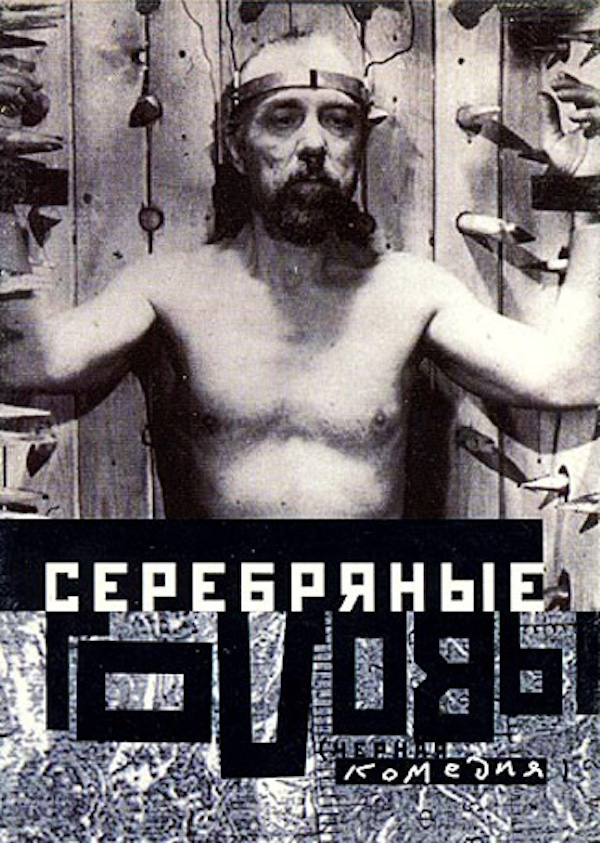
This science-fiction fantasy film directed by Yevgeny Yufit, explores the relationship between scientific inventiveness and its consequences. In this film, scientists aim to conduct a secret experiment in order to study the interfusion between man and tree. These scientists are sent to a remote forest to carry out their experiment, yet to their surprise, the forest is not deserted. Rather, a forester and his family live there as well as other strange creatures. This movie ventures into the horror genre as the experiments don’t go as planned.
Nails (2003)
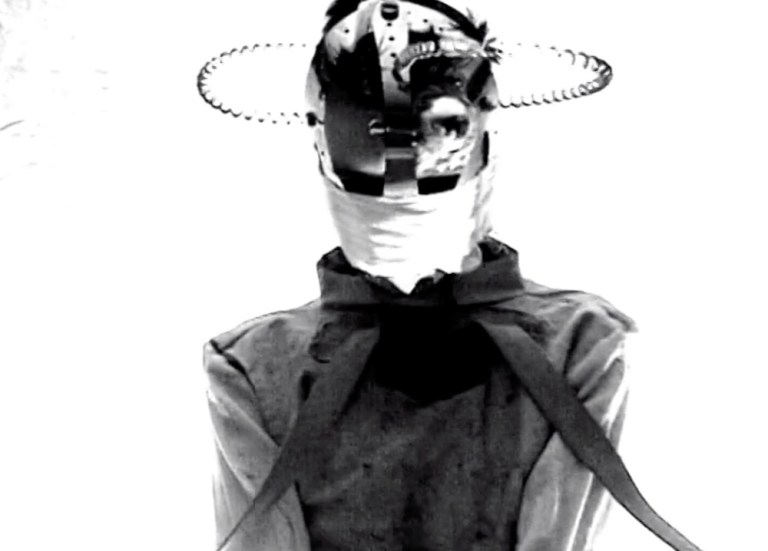
This dramatic horror movie can best be described as gory, surreal, and psychedelic. In fact it is one film the series HalluCinoGeNnN, by directer Andrey Iskanov. In this film, we follow a hitman whose career has clearly taken a toll on his mental health. As his reality begins to fall apart, we watch him find disgust and horror is things that were once sacred and happy. This psychological degeneration allows us to not simply watch the film, but more importantly, experience it. A fun fact about this film is that The Hitman, was originally meant to be played by Svyatoslav Iliyasov. However, he dislocated his jaw in a fistfight right before filming began. Director Iskanov was unable to postpone filming, so he hired the film’s composer Alexander Shevchenko, to play the part of The Hitman instead.
Night Watch (2004)

This fantasy-thriller chronicles the conflict between the powerful forces that control daytime and those that control nighttime. Directed by Timur Bekmambetov, this film is set in present day Moscow. This film originally broke all records in Russia and became the #1 box-office movie of all time. However, the next year the Russian movie, Turetskiy gambit (2005), then set the new record. Despite this box-office success, it was widely hated by the nonconformist intellectual movement “Padonki.” This movement claimed that its Hollywood styling took away from the film and they nicknamed it “Nochnoy Pozor” or Night Shame.
The Ugly Swans (2006)
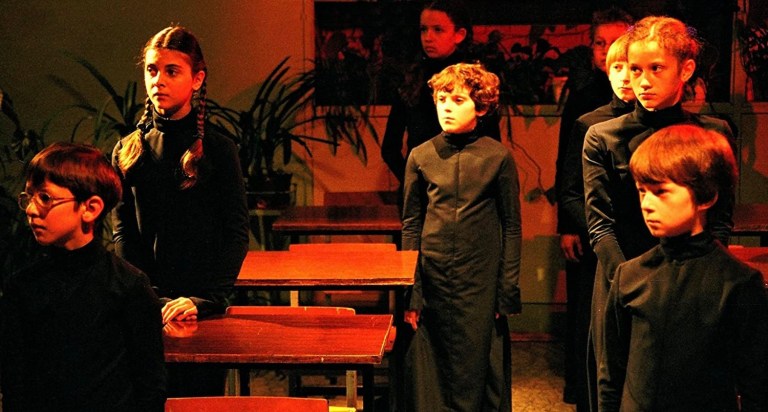
The stunning and small budget film does an impeccable job challenging you as well as commenting on the greater insidiousness of society. Based off the novel “The Ugly Swans” (1968) by the Strugatsky brothers, this film is about a writer named Viktor Banev, who travels with a UN envoy to Tashlinsk in order to find his daughter. His daughter is gifted and is at an academy taught by mutants called Mokretsy (also known as the wet ones). However, authorities are planning to destroy this area, which prompts Viktor to save his daughter. Directed by Konstantin Lopushanskiy, this film takes us on a journey of suspense, dread, and uncertainty.
Trackman (2007)
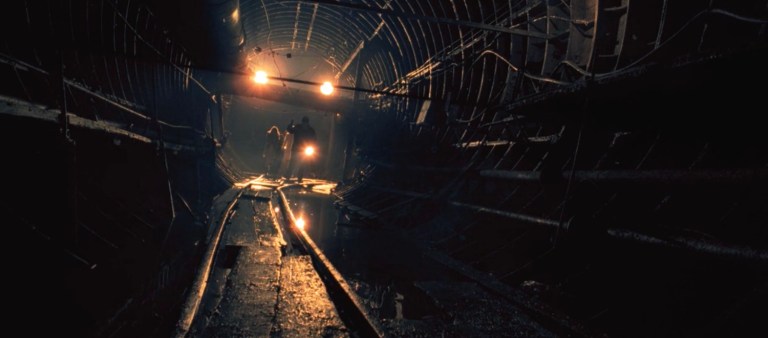
Directed by Igor Shavlak, who also directed the The Vampire Family, Trackman (2007) is seemingly classic horror film that almost has 80s slasher horror film vibes. This film follows robbers who have just successfully pulled off a bank heist. In their escape from the heist, they flee to underground subway tunnels. Yet, little do they know that a terrifying madman also known as the Trackman, stalks these very tunnels. As you might have guessed, running into the Trackman is pretty much the last thing that you want to do. This film is very predictably scary and many viewers criticize it for being unoriginal.
Yulenka (2009)
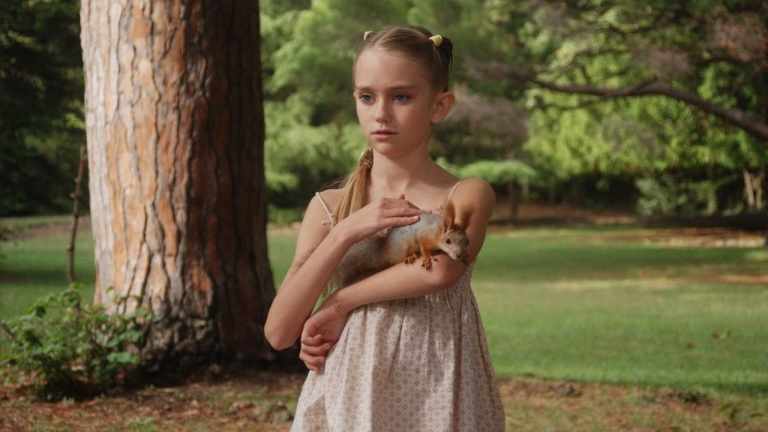
Yulenka is a dramatic-horror movie about a university professor who relocates himself and his family to start a new job as a teacher in a girls’ gymnasium. However, the girls in the gym are anything but ordinary and make a toy out of human lives. This evil directly puts the teacher and his family at risk. Directed by Aleksandr Strizhenov, this thrilling film contrasts the stereotypical image of girls being innocent and sweet. Instead, you are thrown in the mayhem of their wickedly evil plots.
Nosferatu: The Horror of Night (2010)
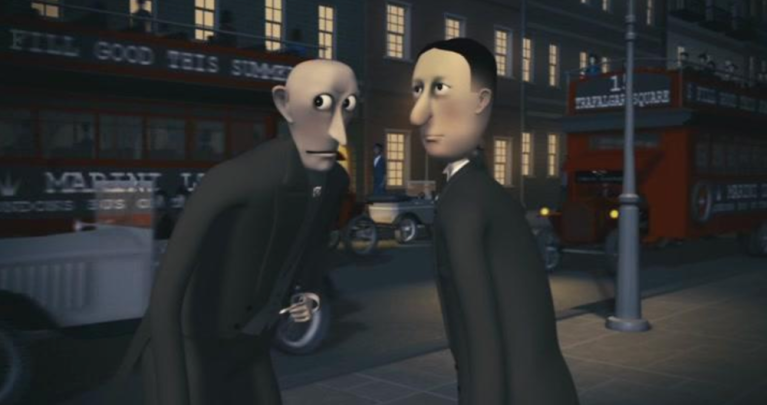
This quirky animated horror film follows a young clerk named Jonathan as he travels to Transylvania in order to meet with a strange count. Directed and written by Vladimir Marinichev, this movie is considered a bit of a flop. So even though this isn’t anywhere near a “good movie,” its ridiculousness makes it somewhat notable.
Devil’s Pass (2013)

Inspired by the “Dyatlov Pass Incident” in which nine Soviet hikers mysteriously died in the Ural Mountains in 1959, Devil’s Pass is a found-footage movie about a group of people that travel to the location of the incident to try to figure out what happened. They find more than they expected, and their trip of discovery turns into a fight for survival.
Viy (2014)
Viy sounds familiar, right? Because this is the reboot of the 1960s classic, the first movie featured in this list. Many critics did not like the movie, critic
Rob Hunter thought the visuals and CGI of it were impressive, but mostly found the movie forgettable: “The visuals are enough of a reason to give it a watch, but the film as a whole becomes a mostly forgettable mash of entertaining effects and dull interactions.” While critics were mixed on it, the general population in Russia and on Amazon reviews love the thrill of this movie.
The Route Is Calculated (2016)
The Route Is Calculated is a 2016 Russian horror thriller film directed by Oleg Assadulin. Set in contemporary Russia, a young couple finds an incredible deal on a used BMW. To their surprise, the car is actually haunted. This film does a good job of building suspense and showing how this family’s life comes to a tragic end. Viewers have commented that this film is incredibly creepy and does a decent job exploring human paranoia and conflict.
The Bride (2017)
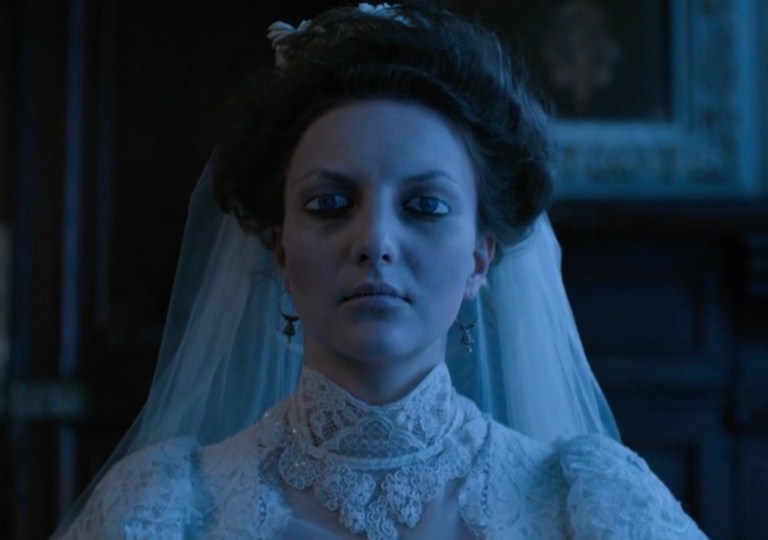
The Bride (2017) is a creepy underrated Russian horror film about family tradition and dark and twisted secrets. The film follows Nastya and her soon to be husband as they visit his family’s home. The visit becomes troublesome when Nastya starts witnessing strange and terrible visions as his family prepares for a traditional Slavic wedding ceremony. As a part of this tradition, the family photographs dead relatives. Will Nastya survive the weekend? You will have to watch to find out. Directed by Svyatoslav Podgaevskiy, this film is consistently regarded as wonderfully creepy and at times emulates an 80s style horror film.
Mermaid: The Lake of the Dead (2018)
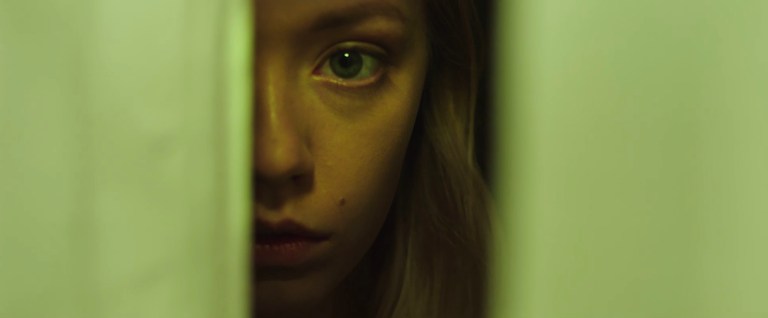
Mermaid: The Lake of the Dead (2018) follows the protagonist Roma, as he kisses a girl named Lisa Grigorieva deep in the forest near a large lake. While he innocently believes it to be one kiss, this exchange will change his life forever. Lisa Grigorieva is a rusalka or demonic mermaid and her kiss starts depriving him of his life force. Now, Roma’s girlfriend, Marina, must save him from this mysterious evil. This fantasy-horror movie is hauntingly dramatic and creepy, with many many MANY jump scares. Furthermore, this piece is also an important cultural Russian film and contains many references specific to the country. Directors Svyatoslav Podgaevskiy and Christopher Bevins did something quite fascinating by designing both protagonists’ names to be water-related. Roma Kitaev is nicknamed “Kit,” which means “whale” in Russian and Marina is from the Latin word “Marinus,” which translates as “of the sea.”
Quiet Comes the Dawn (2019)
This horror thriller, directed by Pavel Sidorov and starring Aleksandra Drozdova and Oksana Akinshina, follows the story of a girl whose nightmarish dreams begin to haunt her after her brother’s mysterious death. Due to these nightmares, she goes to the Institute of Somnology and becomes immersed in a joint lucid dream with other patients. However, at dawn, the patients awake to a completely different reality, one that is more horrifying than any nightmare. While this is the debut work for Pavel Sidorov, viewers have criticized this movie for its predictable plot, but have enjoyed its visual effects.
